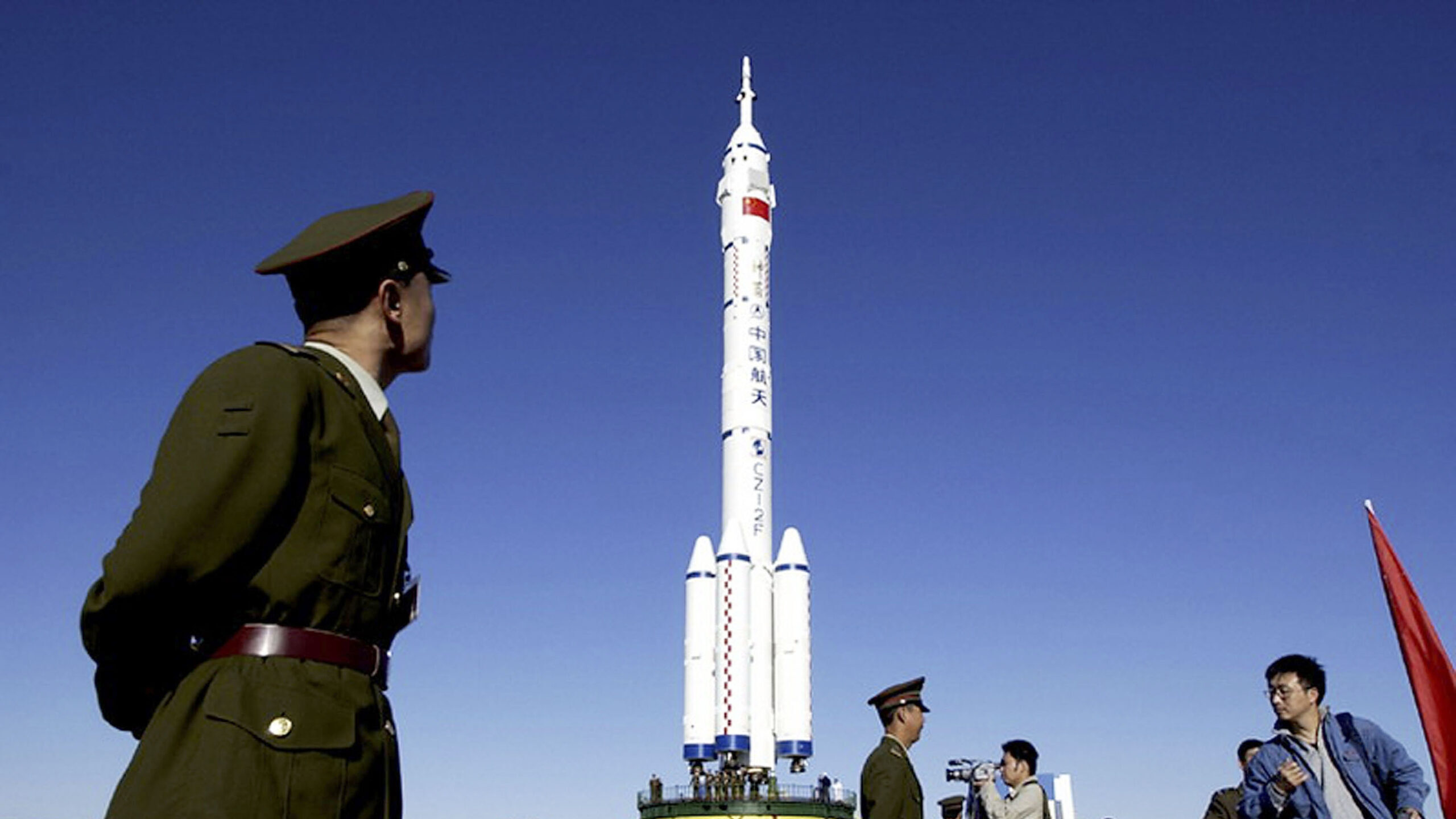BLEDDYN BOWEN and CAMERON HUNTER

Around this time last month the defense world was sent a tizzy by a reported Chinese hypersonic orbital weapons test. While many questions remain unanswered, Bleddyn Bowen and Cameron Hunter of the University of Leicester have some advice: calm down. The following is an abridged and updated summary of a report published by the Asia-Pacific Leadership Network, which can be read in full here [PDF].
In mid-October a report appeared in the Financial Times that claimed that the Chinese military tested a new missile system in July and August. A rocket launched from China sent a vehicle into orbital flight, later re-entering the atmosphere and releasing a manoeuvrable glide vehicle travelling at hypersonic speeds.
Providing little-to-no explanation, the Chinese government has left ample room for U.S. commentators to assume the worst — a new Chinese ability to bombard the United States from outer space with nuclear weapons.
Such alarmism was abetted by anonymous remarks in the FT claiming China had made “astounding progress”, “surprised” US “officials”, and that they “have no idea how they did this.” In the weeks that followed, top US officials remained vague but intimated they took the test very seriously. Gen. Mark Milley, Chairman of the Joint Chiefs, called it “very close” to a “Sputnik moment.”
Frank Kendall of the US Air Force had previously warned of a vague Chinese orbital bombardment capability, especially because it could bypass US ballistic missile defences. Leaking such information may of course have some political motivations behind them as the Biden administration began a review of missile defence policy in June 2021, followed by the launch of the Nuclear Posture Review process in September 2021.
While reliable details of what China actually tested remain scant in the public domain almost a month after the initial report, the alarmist politics surrounding the test tell a sobering story regardless.
The test of this technology will feed into existing trends of growing fear and mistrust of China in the United States. The Chinese military will also not gain the game-changing capability it is hoping for. In the long run, the Chinese officials that made this decision may come to see it as a mistake if American leaders feel compelled to respond. What the world needs is less panic, and more dialogue.
Based on the limited public information available, what China may have tested is a re-hashing of older technologies that even if functional, will not alter the nuclear balance of terror between Beijing and Washington. Additionally, the Sputnik test flight was anything but a surprise to the U.S. intelligence community at the time.
This alarmism is all the more striking and the Sputnik analogy all the more inappropriate considering that the Chinese test flight is not strategically significant. If the test was for a new Chinese weapon system, it still does not change the balance of power in Earth orbit or on Earth itself. A FOBS-like capability, like most forms of space-based weaponry, only provide very limited gains in highly specific scenarios, and even less in nuclear war plans.
Such a technology does not usher in a new phase of American vulnerability to Chinese weapons for the simple reason that US missile defences have never been able to fully protect American cities from nuclear attack. China can overwhelm US ballistic missile defence systems and hold a number of American cities “hostage” with its existing nuclear missile arsenal.
Assessments claiming that there is an ongoing, or imminent, arms race make one major error: timing. Chinese responses to American missile defenses — both political and technical — are nothing new.
For over half a century, Chinese leaders have had some grounds to fear that American missile defences may be aimed at nullifying China’s nuclear deterrent. Building a FOBS to counter US defences was considered in China in the 1960s [PDF]. In that same decade, the United States pursued nuclear-tipped anti-satellite and anti-ballistic missile weapons to attempt to shoot down incoming nuclear missiles or orbital weapons in the event of war through Program 437 [PDF].
American leaders in the 1960s justified a limited anti-ballistic missile system as protection against the nascent Chinese nuclear arsenal [PDF]. Later, when President Reagan pursued his famous “Star Wars” space-based missile defence program — aimed at making nuclear missiles “obsolete” — Chinese leaders feared that their nuclear arsenal would become useless in only a few decades [PDF].
Despite the end of the Cold War, influential Chinese experts have continued to make hyperbolic public comments about American missile defence plans, claiming that the US might soon become invulnerable to hypothetical Chinese nuclear strikes.
Recommendations on next steps include:
First, sensationalist alarmism is not a useful, warranted, or justifiable response. The United States and other states should not rush to react to the development with ill-thought-out weapons technologies in response.
Second, more dialogue on outer space security in the Asia-Pacific is urgently needed. Other governments should not wait for the United States or China to lead on solutions to these space security concerns. States within the Asia-Pacific such as India, Japan, South Korea, Indonesia, Vietnam, and the Philippines can play an important role in promoting or even hosting multilateral dialogues on space security issues that are specific to the region.
Finally, states should strengthen international agreements on outer space security and build on existing conventions, such as the United Nations Convention on Registration of Objects Launched into Outer Space with the aim of eventually developing a transparent Space Traffic Management regime and encouraging more routine space situational awareness data between states and private companies.
No comments:
Post a Comment